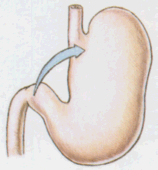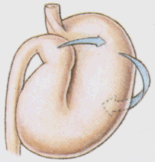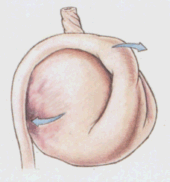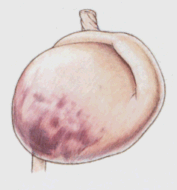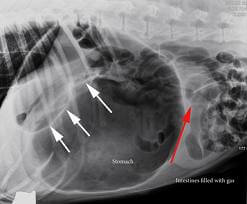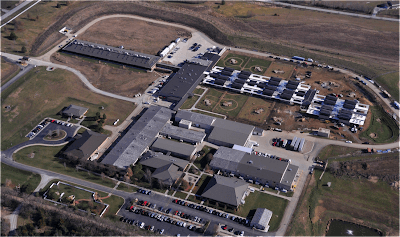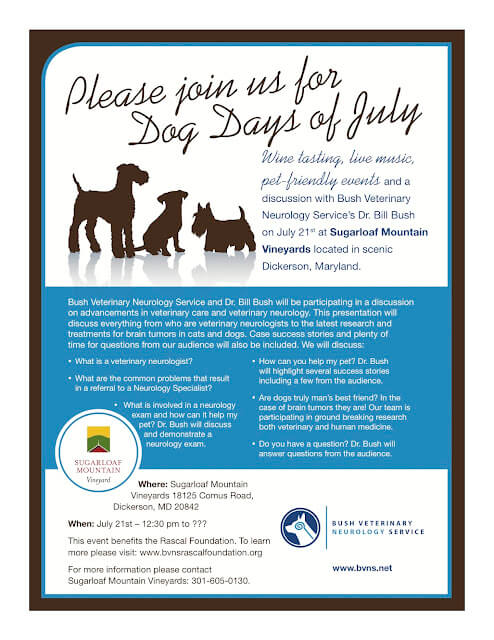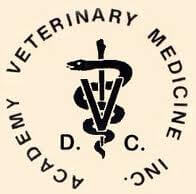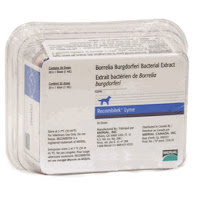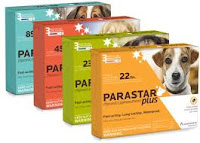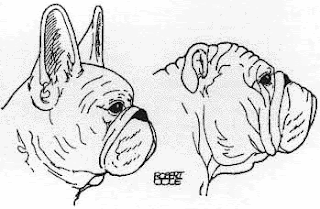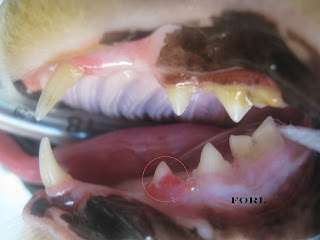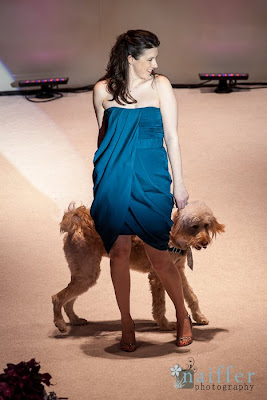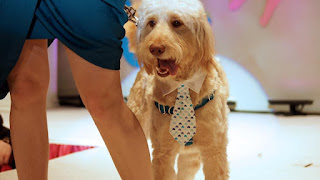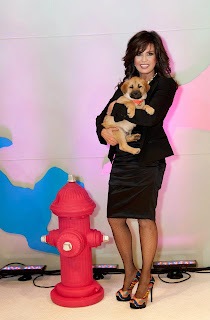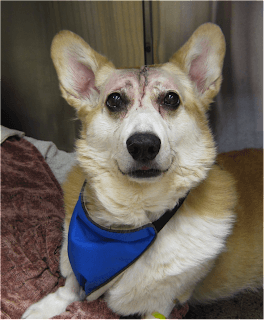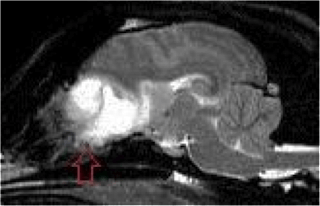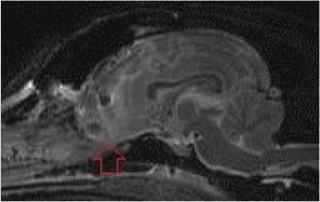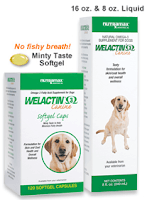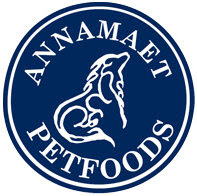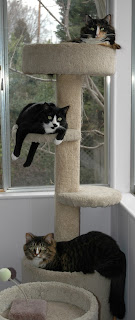If you have a large breed dog then you have to know
everything there is about a very scary condition call Gastric Dilatation and
Volvulus (GDV), often called bloat.
It is the leading cause of death in large and giant breed dogs in the
United States.
A GDV occurs when the stomach fills up with air (dilatation)
and rotates on itself (volvulus).
This action all but eliminates blood flow to the stomach and the tissue
rapidly begins to die creating a host of horrible conditions. What is truly terrifying is GDV comes
on very suddenly and without surgical intervention rapidly leads to death. Many dogs never even make it to surgery
and the mortality rate for those that do is still quite high at 15-33%.
Now that I have you good and scared let me give you the good
news, we can prevent this from happening!
By performing a simple procedure called a prophylactic gastropexy we can
stop the volvulus part of the equation and eliminate GDV.
First we should determine if your dog is at risk. Dogs that weigh greater than 60 pounds
have a 23% lifetime risk of GDV.
Especially those that are deep chested like Great Danes, Weimaraners and
standard poodles. The AKC has a great list of at risk breeds on their website.
Other risk
factors include:
- First-degree relative that had GDV
- Males are more likely to bloat than females
- Being overweight
- Nervous or anxious temperament
- History of gastrointestinal issues like inflammatory bowel disease
- Dry diets with oil or fat listed in the first four ingredients
- Feeding one large meal per day
- Eating too quickly
- Elevated food bowls
Here is more good news - we are now performing the grid
gastropexy technique, which is much less invasive than the traditional huge
incision along of the midline of the abdomen. We make a small 2-3 inch incision
just behind the last rib, reach into the abdomen and grab the stomach. It is then tacked to the inside of the
body wall and the muscle and skin is then closed over the defect. This method is very quick, causes less
tissue trauma that results in faster healing and decreased pain.
| My patient Hank the labradoodle getting ready for his neuter and gastropexy |
If you have a dog that has already been fixed but you still
feel is at risk it is reasonable to consider having the gastropexy done as a
stand-alone procedure. When I
neutered Frank we were not doing the gird technique and I didn’t want to make a
large abdominal incision for the traditional gastropexy technique. Every time I see him inhale his food in
less than 15 seconds I kick myself that I didn’t do the gastropexy at the time
of his neuter. In the next few
months I am going to put him under anesthesia again and perform the pexy. With this technique there is no reason
not to protect your dog and give yourself some piece of mind.






